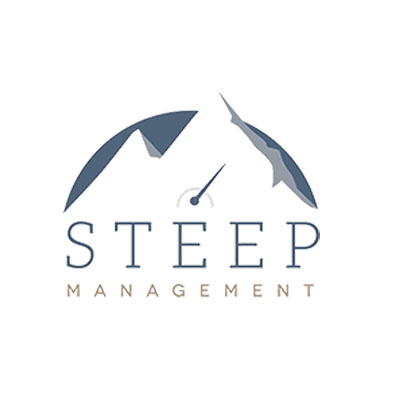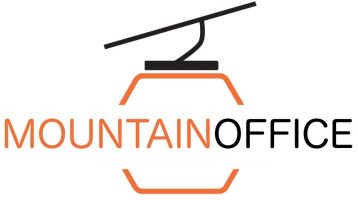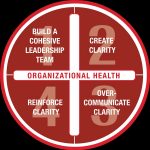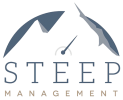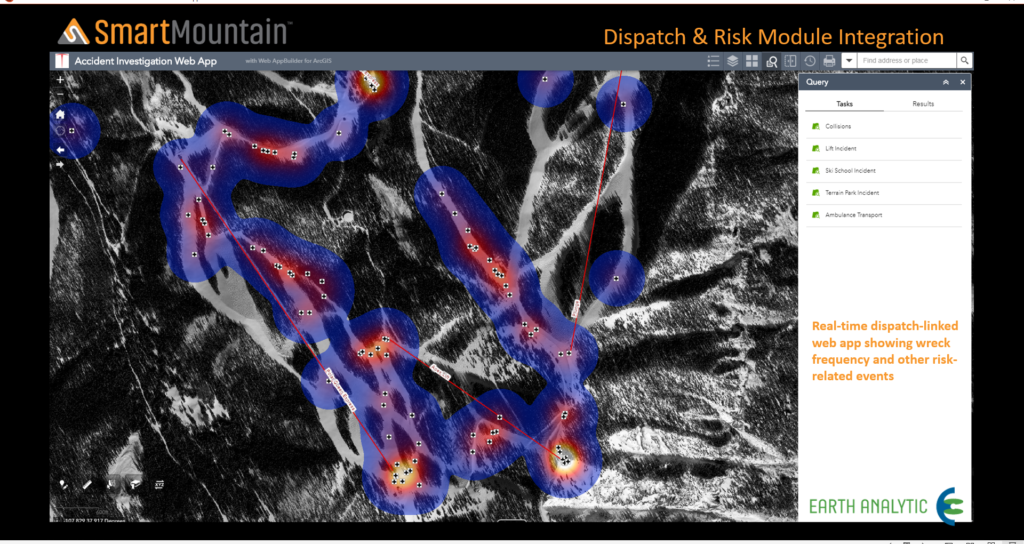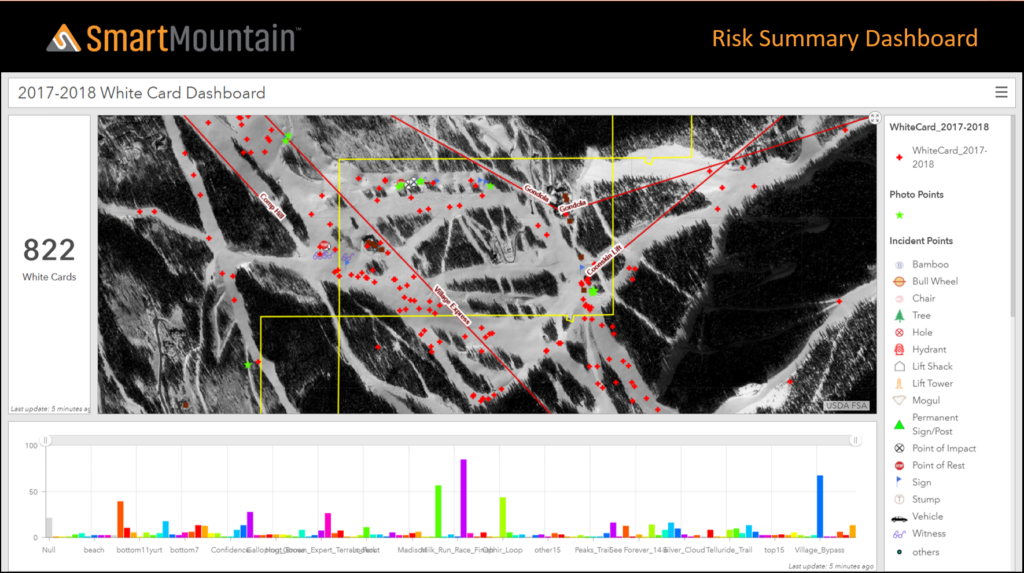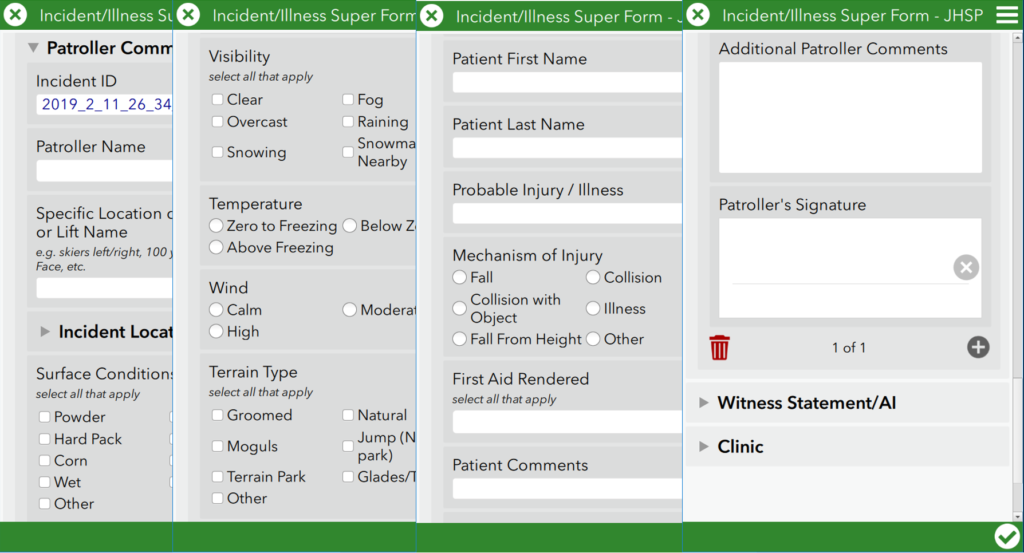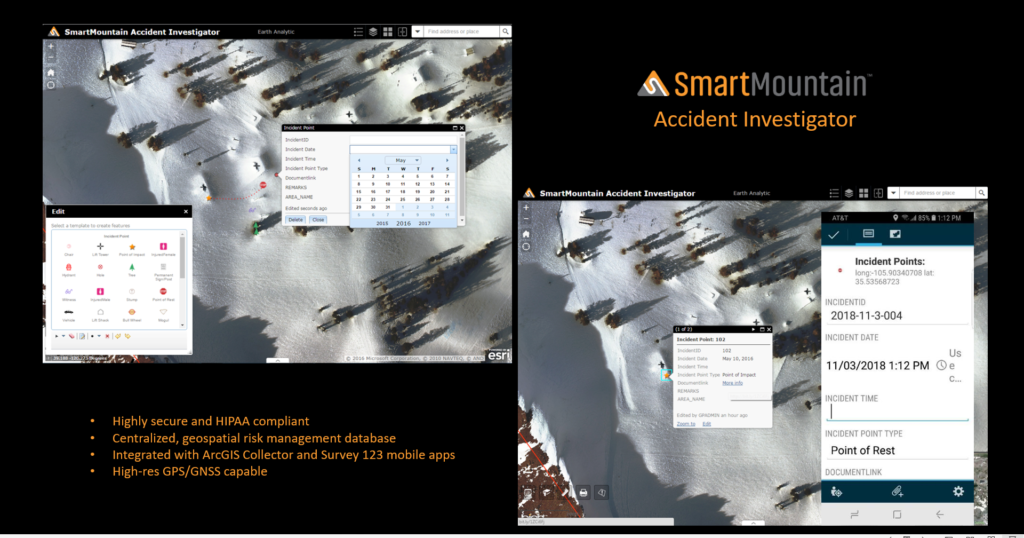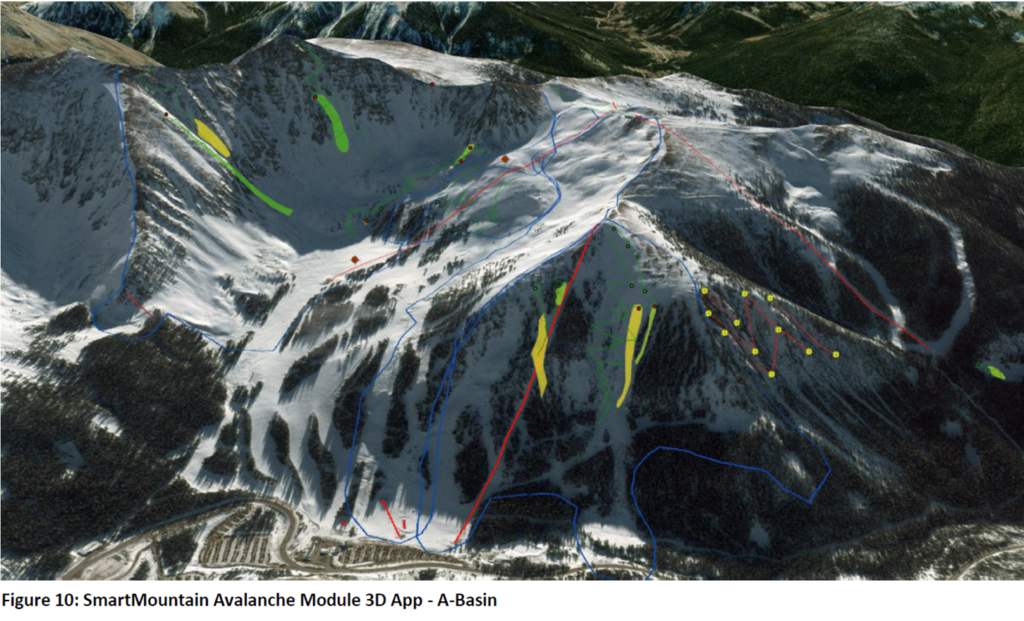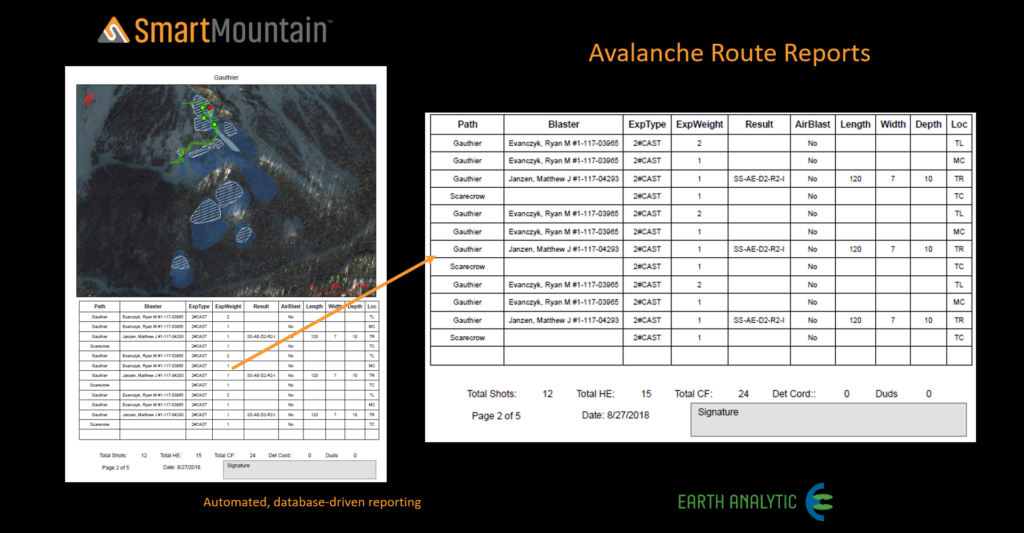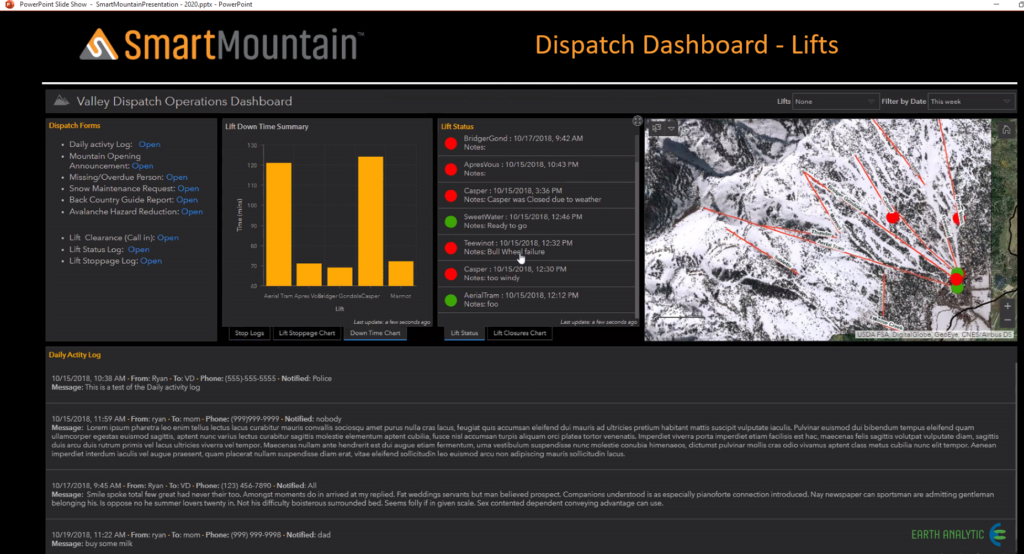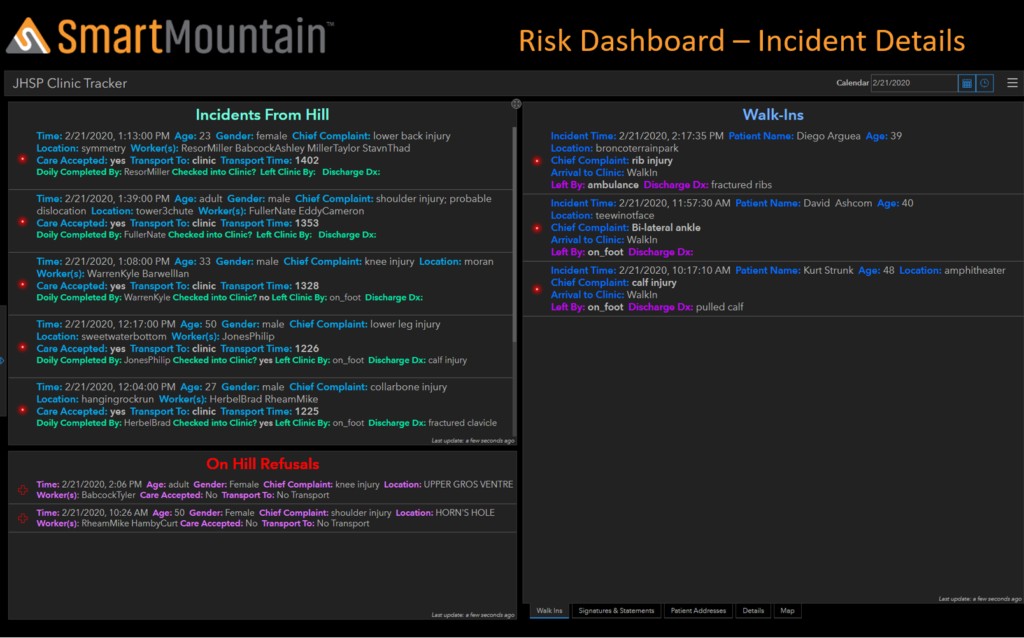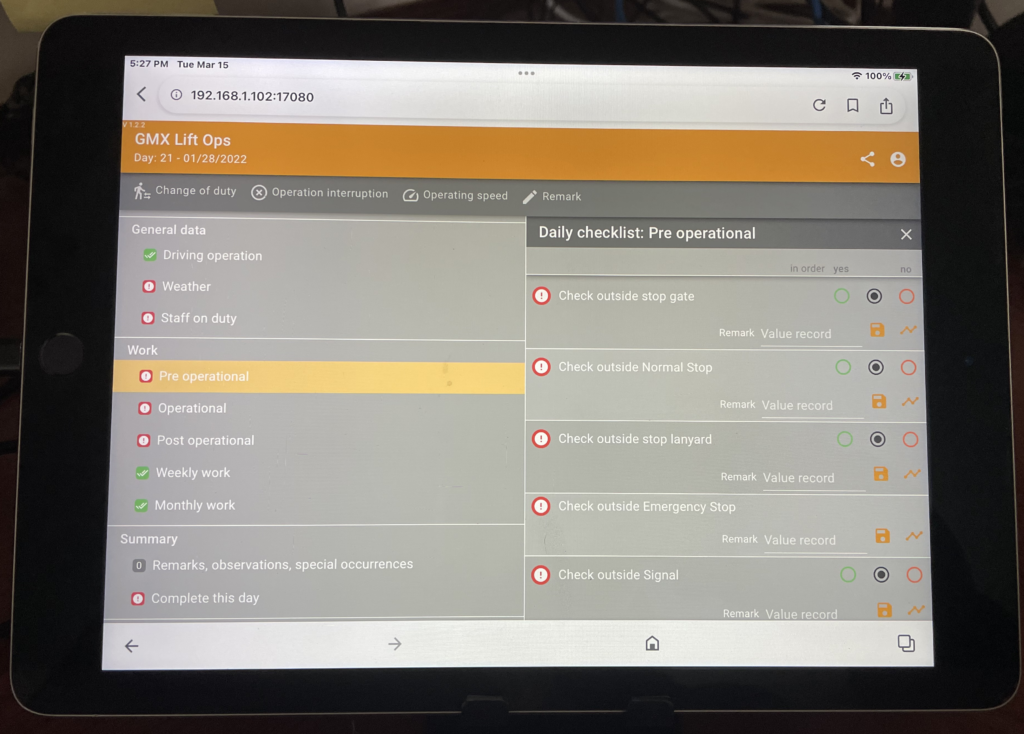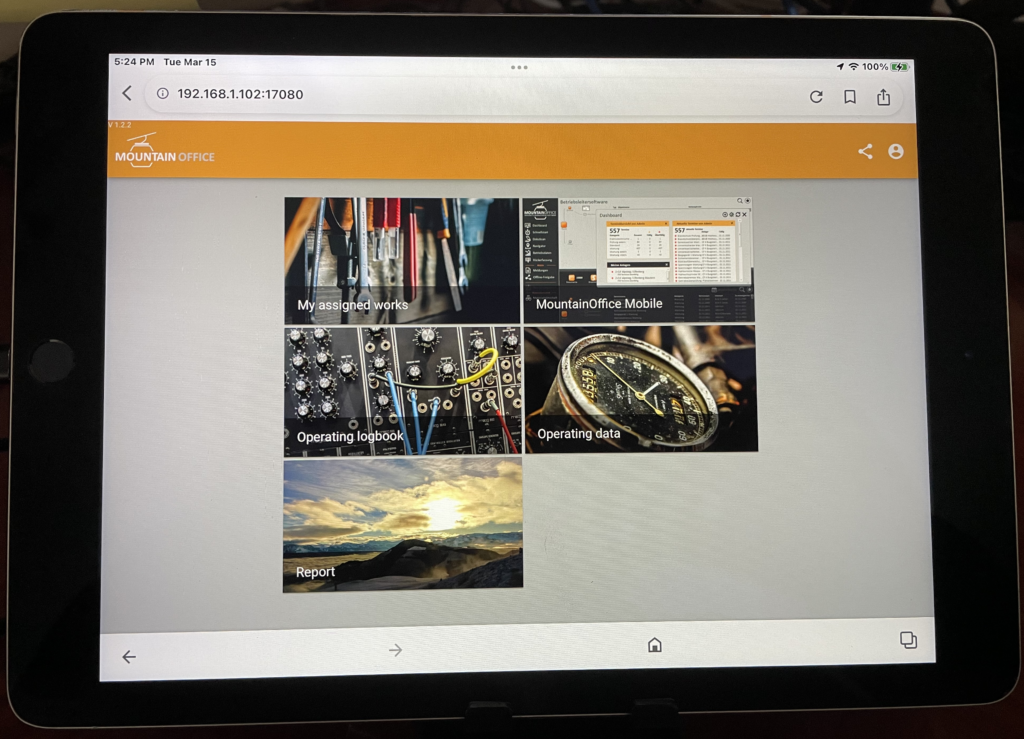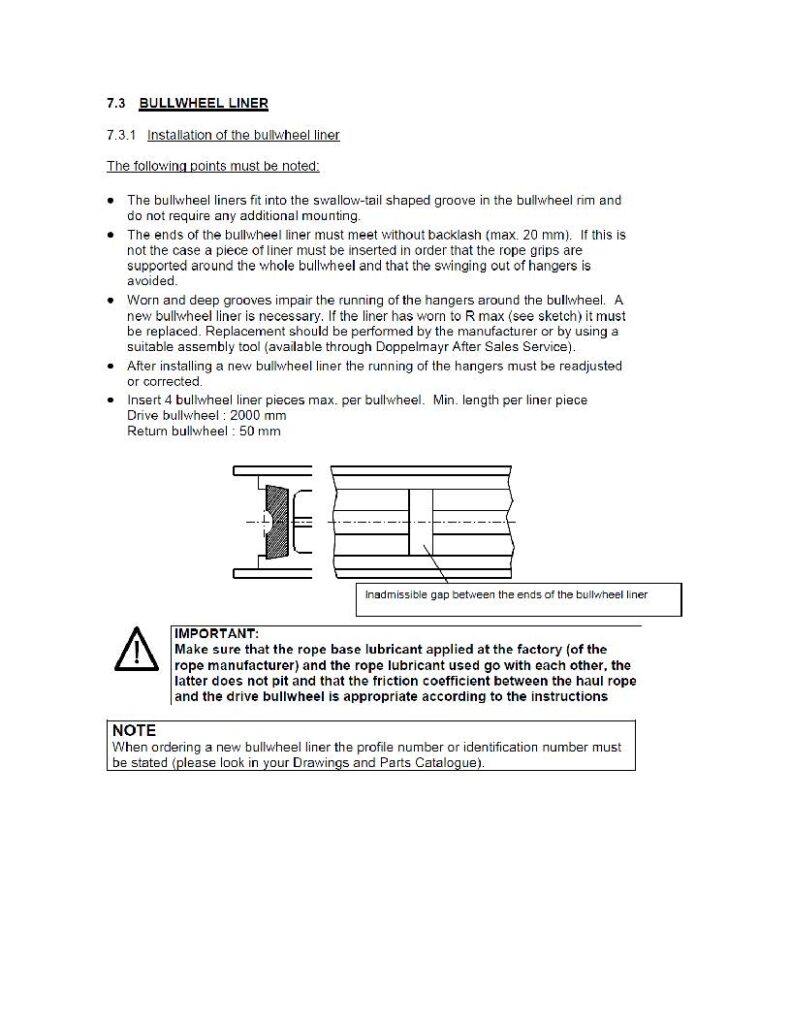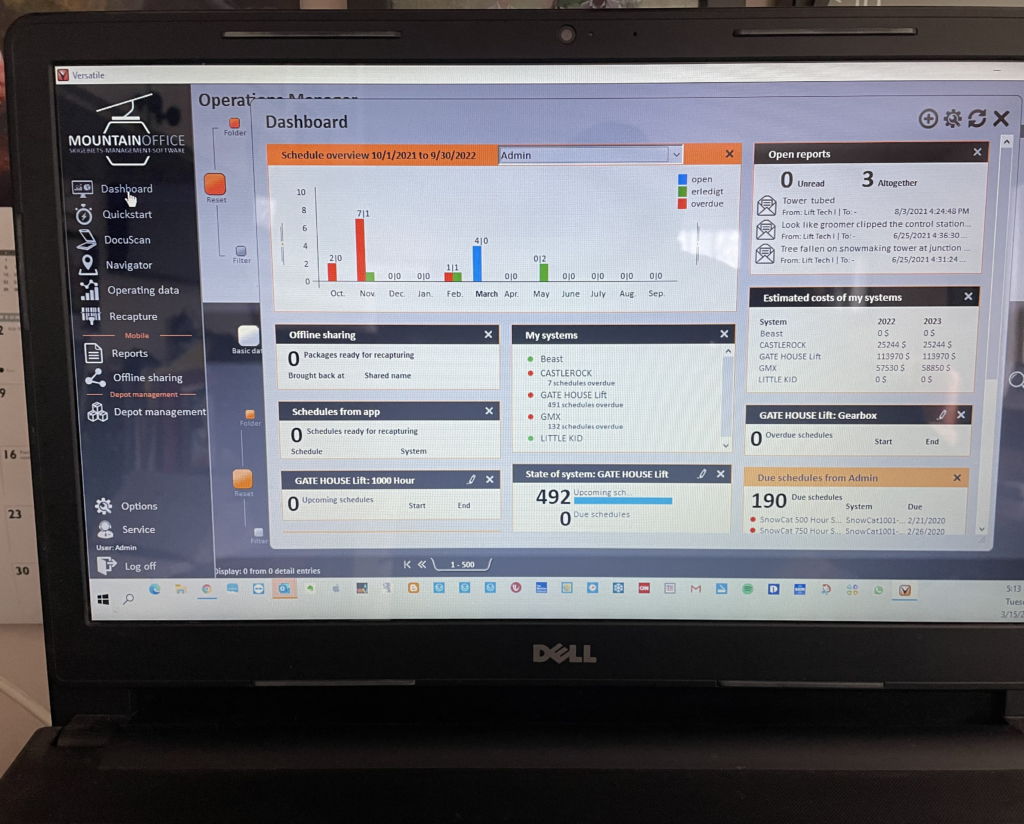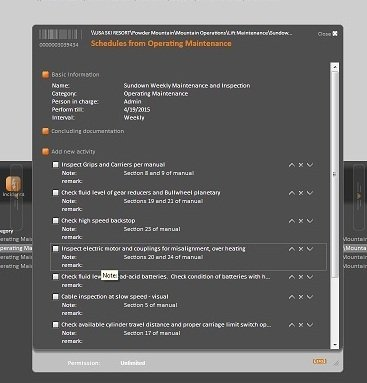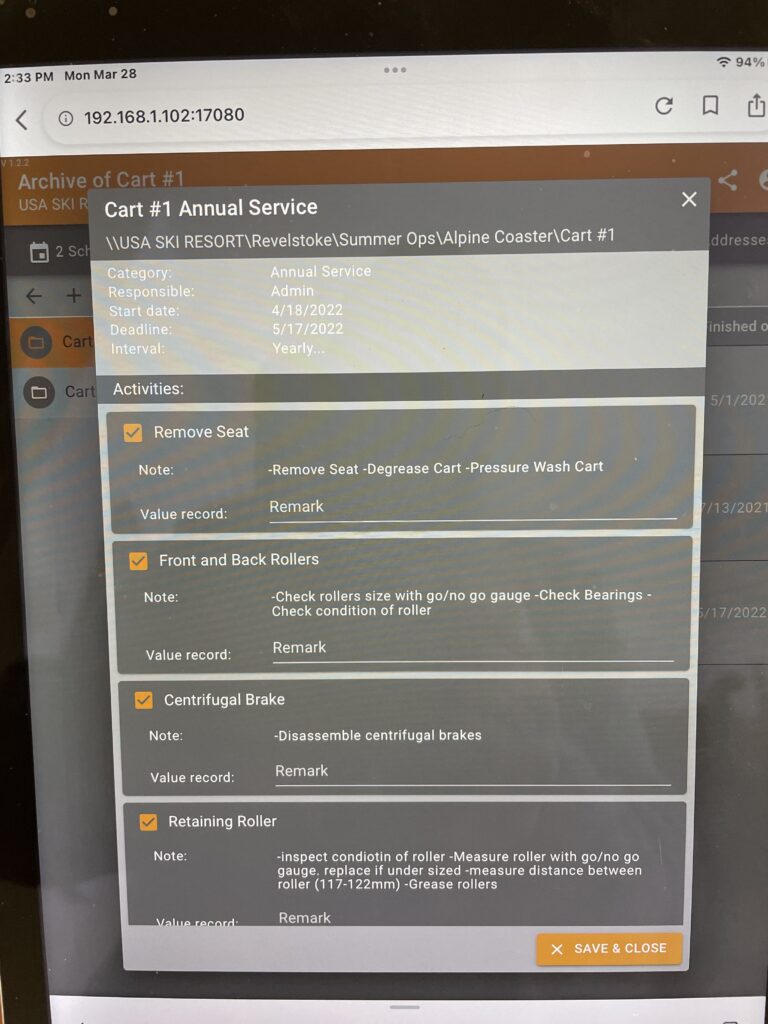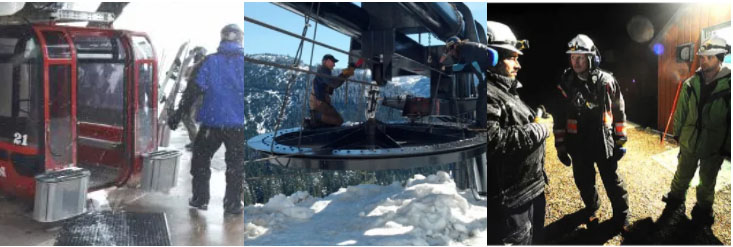
Cycles of behavior come and go, and I am of the opinion we as a society are seeing the beginning of a new behavior as it relates to work in the industrial world. The ski area industry is not immune to this change and will have to look at itself very profoundly to figure out how to continue being successful as the change becomes more predominant. The ski area industry has many aspects that provide somewhat unique challenges as this change broadens across the workforce.
This Vail Daily News article summarizes many of the pressures that will bring change to the operating model. I am not endorsing all stated in the article but using it as a testament to the forces that will be put on ski area managers in the coming years.
So, what am I talking about? Most ski areas have suffered a labor supply shortage over the last two years. Many say it is because of Covid. Some, mainly Vail Resorts, have admitted that guest service has suffered, and others think the situation is over now that Covid is not the threat it was. I contend that the labor shortage is not over, and it may get worse. Demographics play a role to some extent, but that is not the primary culprit. My contention is that the gap in pay and the largeness of the millennial generation, with its different outlook on life, for whatever reason, are the reasons that labor shortage will prevail in the service job market and the seasonal job market. I believe the ski area industry has come to realize that a season pass is not the draw it once was for the needed ski bum draw needed to fill a considerable percentage of the frontline jobs in the industry.
There are no ski area-specific studies that identify trends in the ski industry, but from national studies, it is known that half of the employees who left their job in the past six months, 2021, 54%, did not feel valued by their organization or 52% by their manager. I can’t say with any certainty that the ski industry’s experience is more or less. I can say I have seen and heard of situations of not being valued as the reason people have left the industry. Seasonal and service staff and year-round staff want stronger relationships, a sense of connection, and to be seen.
The consolidation of the ski industry while expanding the consumer market is creating issues on the labor side. Yes, they have thrown money at it to fill the needed positions, but they are not addressing the sense of connection with strong relationships and equity. When I talk about equity, I am talking about the sharing of the rewards for those who make the ski resort run, patrollers, snowmakers, lift mechanics, food servers, groomers, and the list goes on.
The disparity of pay is not only in hard dollars, but it is a statement of the value the ski area has for the services these people provide to operate the ski area. The telling sign for me is the union activity that is being experienced in the ski areas, especially the very recent unionization of lift mechanics and electricians at Park City. I think there will be more of this activity in the near future. I hope not, but the underlying lack of recognition of the value of the skills, the working conditions, and the work these people do is the major contributor to the decision to unionize.
I believe just as the revenue model has changed with the multi-resort inexpensive season passes, the compensation model will have to change, and the cultural change to more healthy cultures. I have written a lot about organizational health and culture, so if you are interested in what that is and how to make it happen, search the news section of steepmanagement.com.
The ski industry also suffers from the inequity in pay that exists throughout our society. As I have grown older and maybe acquired some wisdom, I often wonder what if person X was eliminated from an org chart, what would happen to the ski area? Would it suffer in leadership or performance? Like many things, it depends on the person. I know that a ski area can’t operate without lift mechanics, ski patrollers, groomers, lift operators, snowmakers, and others who interface with the customer. It can operate without a VP of XYZ. I am not advocating for the elimination of any leadership, but I am advocating for leadership to step up and recognize the value of the people who do operate the ski area. This means compensating in recognition of their value and treating them accordingly for their value.
Have a great season.
